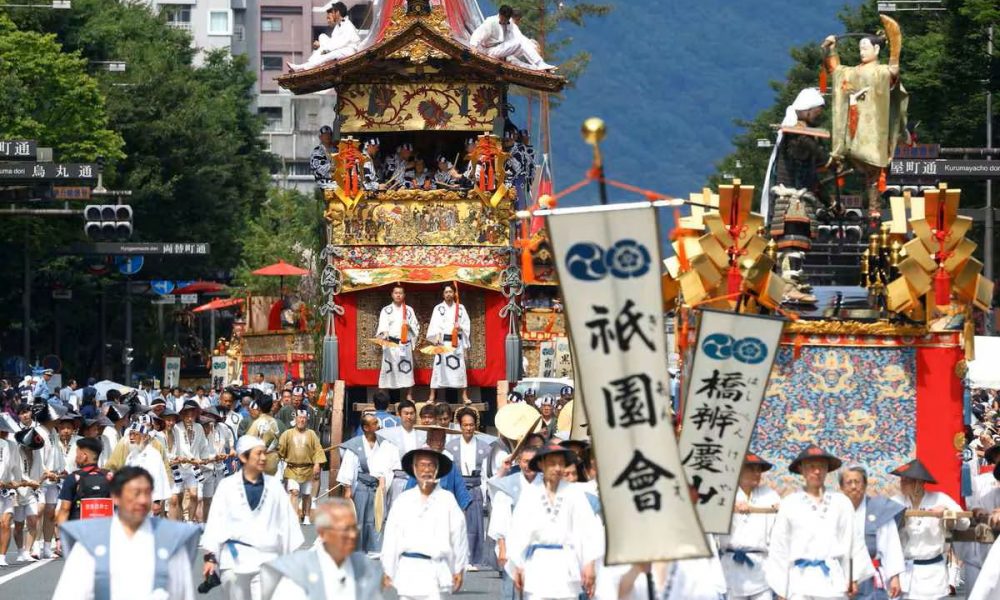


On the contrary, festivals can be a means for making tourists learn, respect, and appreciate Japan's spiritual roots, history, and traditions.

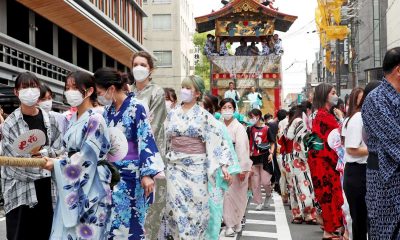

The position of women in the Gion Matsuri tradition has changed over the centuries, but the fact is that the Gion Matsuri could never be staged...
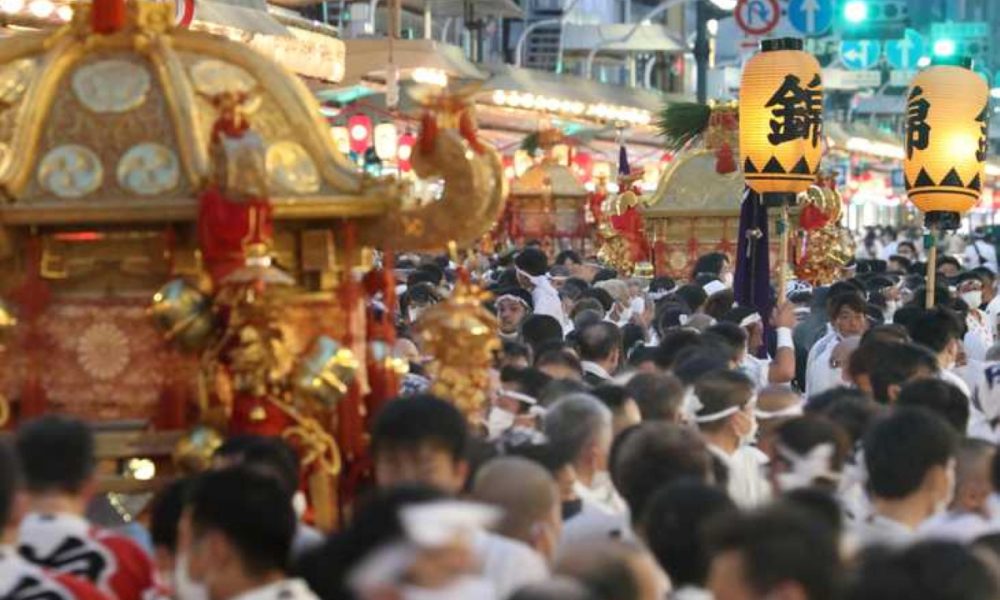
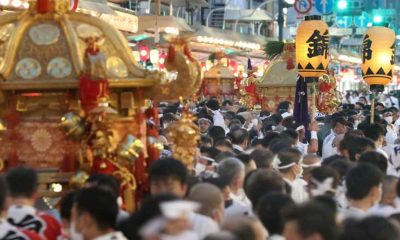

It takes time and much effort to pull the heavy floats the length of the parade route, mesmerizing the crowd with this direct link to Kyoto’s...

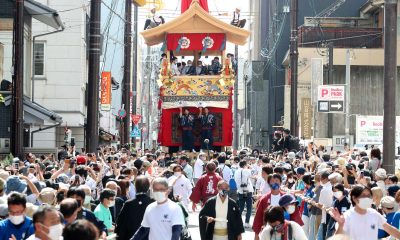

"Think of the Yamaboko Junko as a giant, serpentine magnet circulating through the festival zone drawing ekijin spirits of disease into the yama and hoko.”
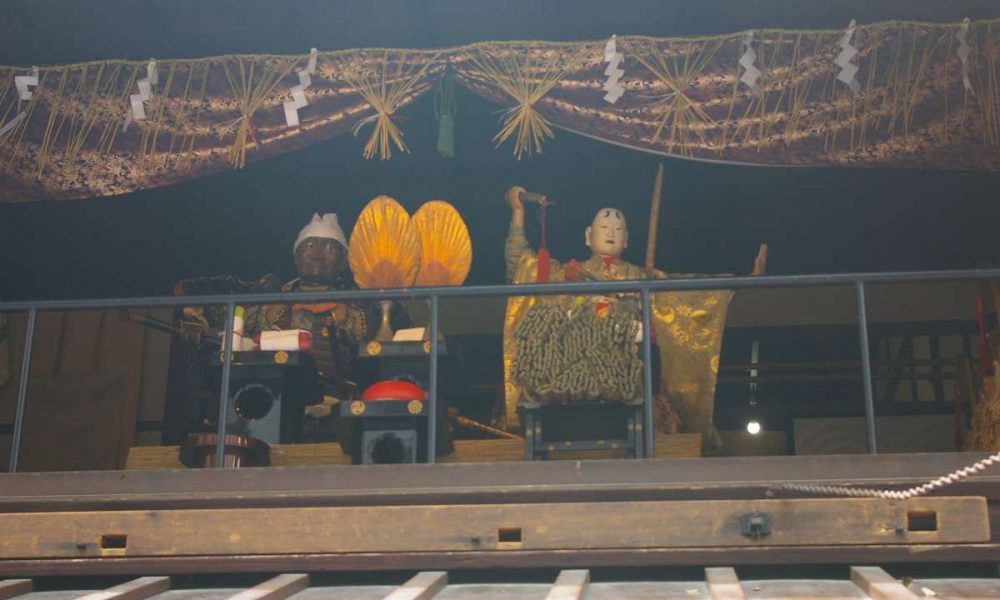
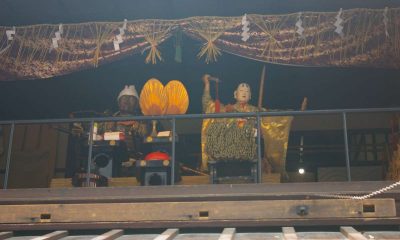

From ancient times, horses, especially white horses, were highly revered in Japan, and it was believed that sometimes kami arrived on horseback.
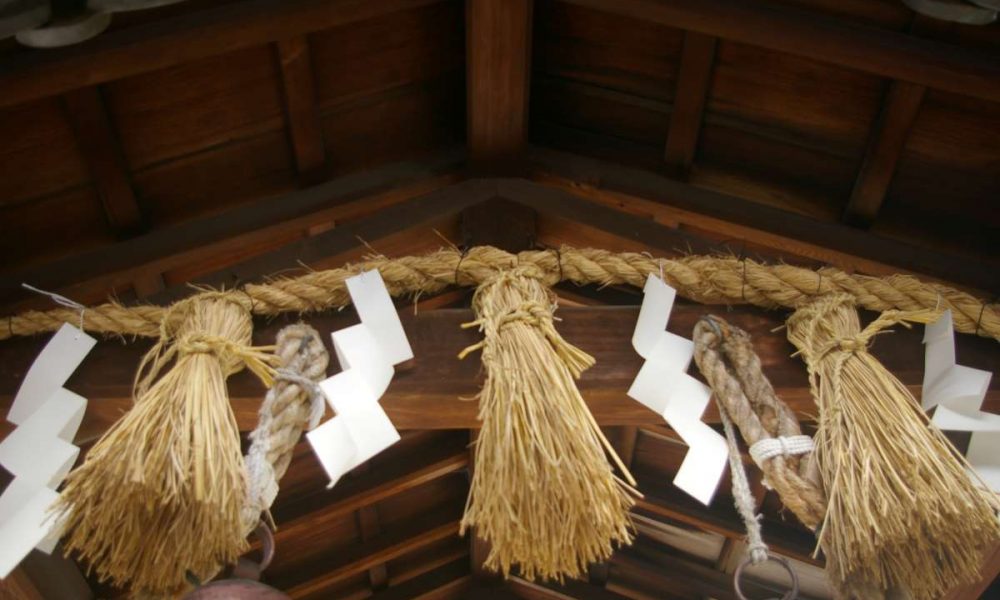
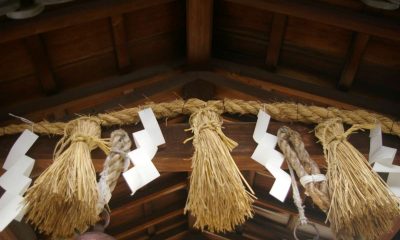

The parade of floats are famous, but decidedly secondary to the evening processions that take Yasaka Shrine’s three deities into the city for a one-week stay.
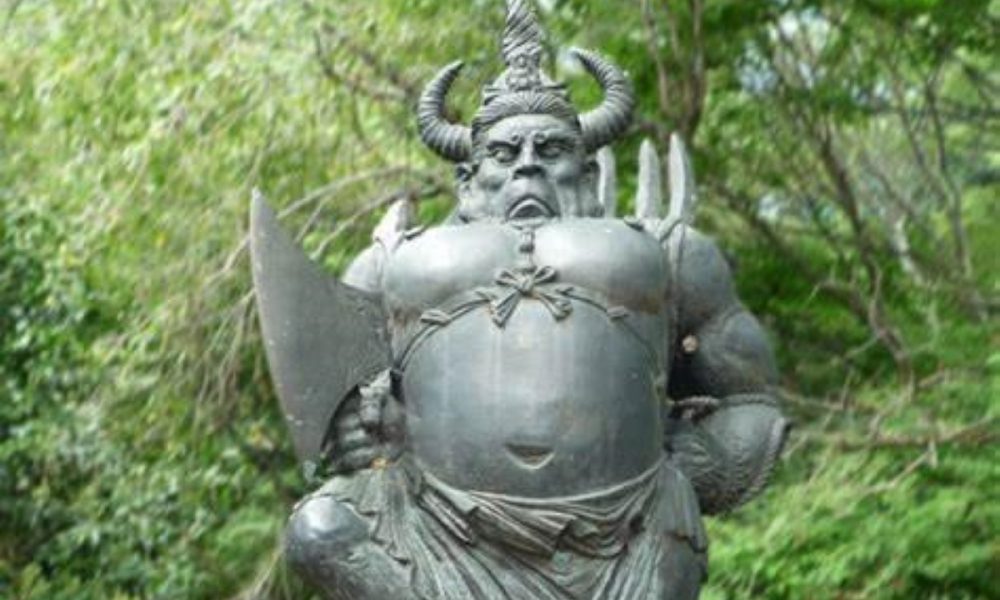
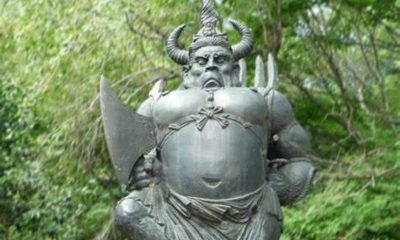

The Gion Matsuri story crosses many cultural lines. Was Muto-shin really Susanoo-no-Mikoto or a Korean god? And in which country did the Shorai brothers live?
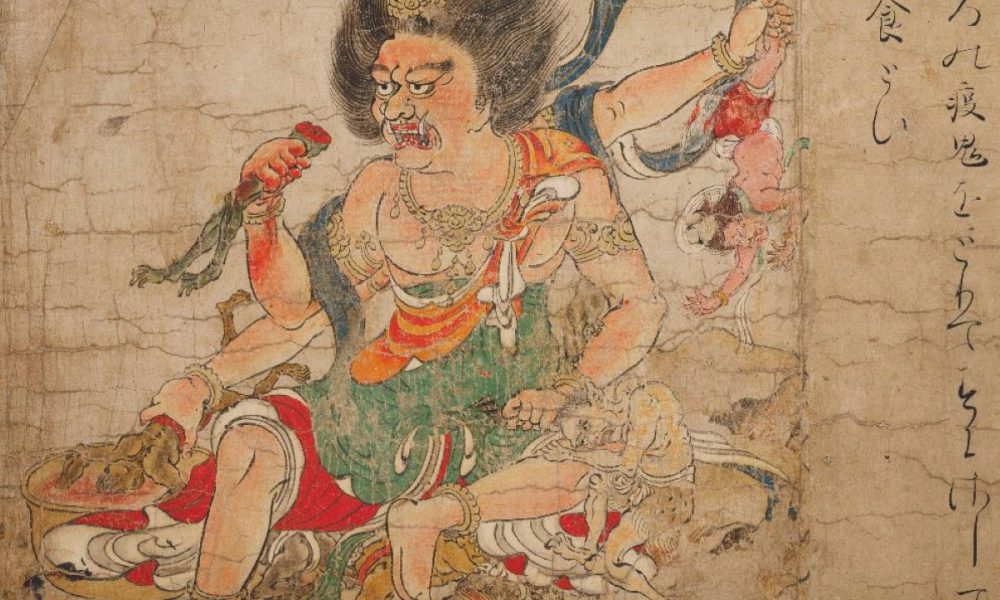
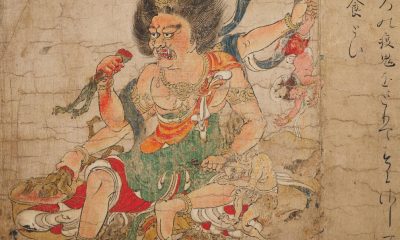

Seen during the Gion Matsuri, many Kyotoites to this day still paste such charms outside their doors, proclaiming that they are descendants of Somin Shorai.
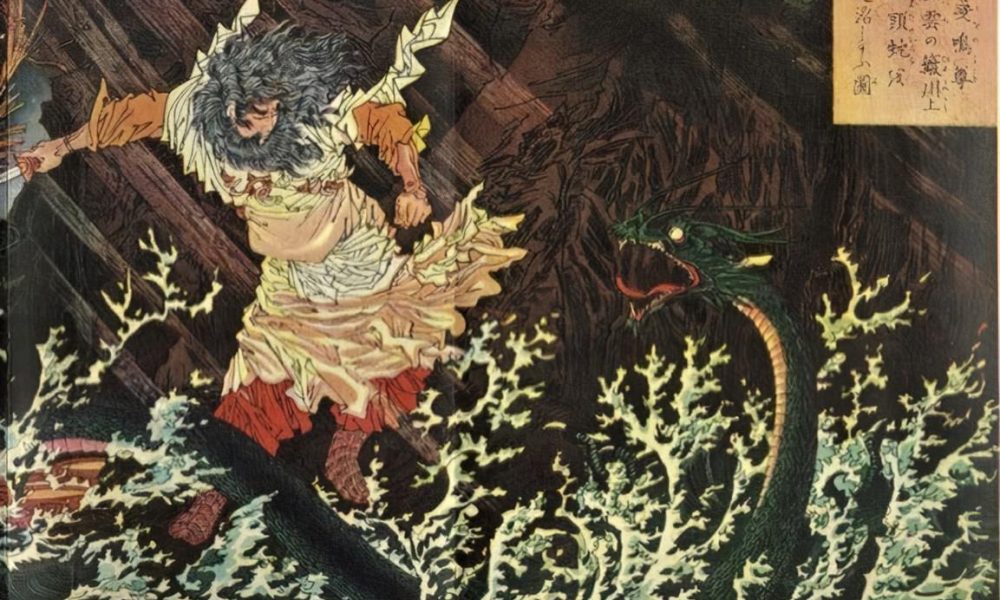
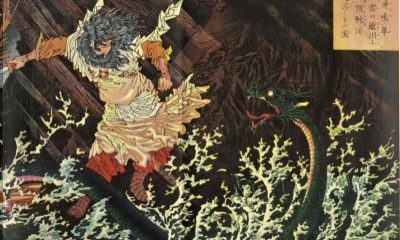

The history of the kami honored at the Gion Festival have intriguing parallels - and differences. The Yasaka Shrine claims they are the same, but are...



It’s hardly surprising that the Gion festival became an annual event since epidemics have ravaged Kyoto in the oppressively humid summers up to modern times.
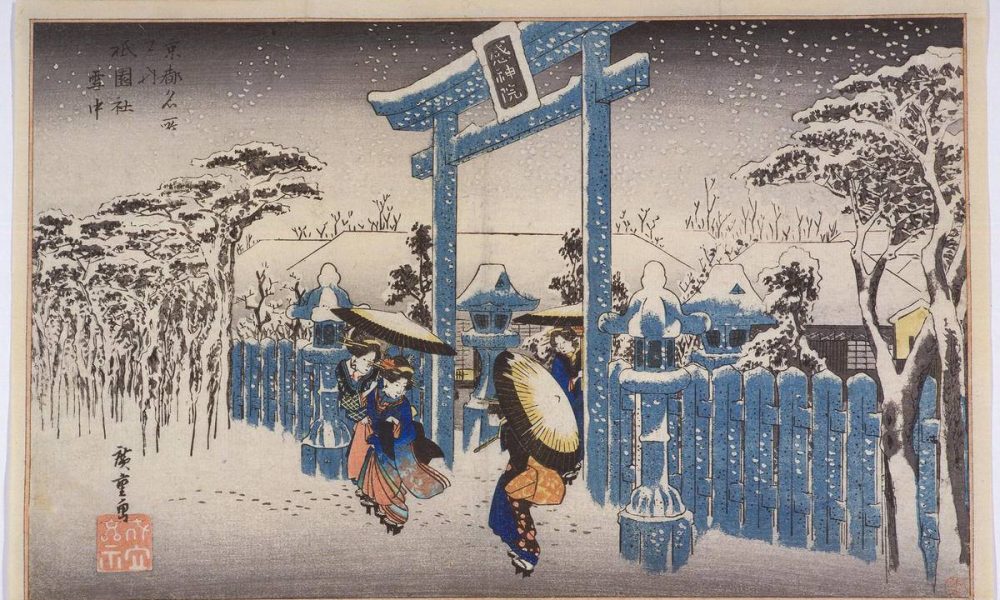


This mid-summer spectacle was born from fear, nourished by hope, and today is an expression of unbridled joy and universal yearning for good health.
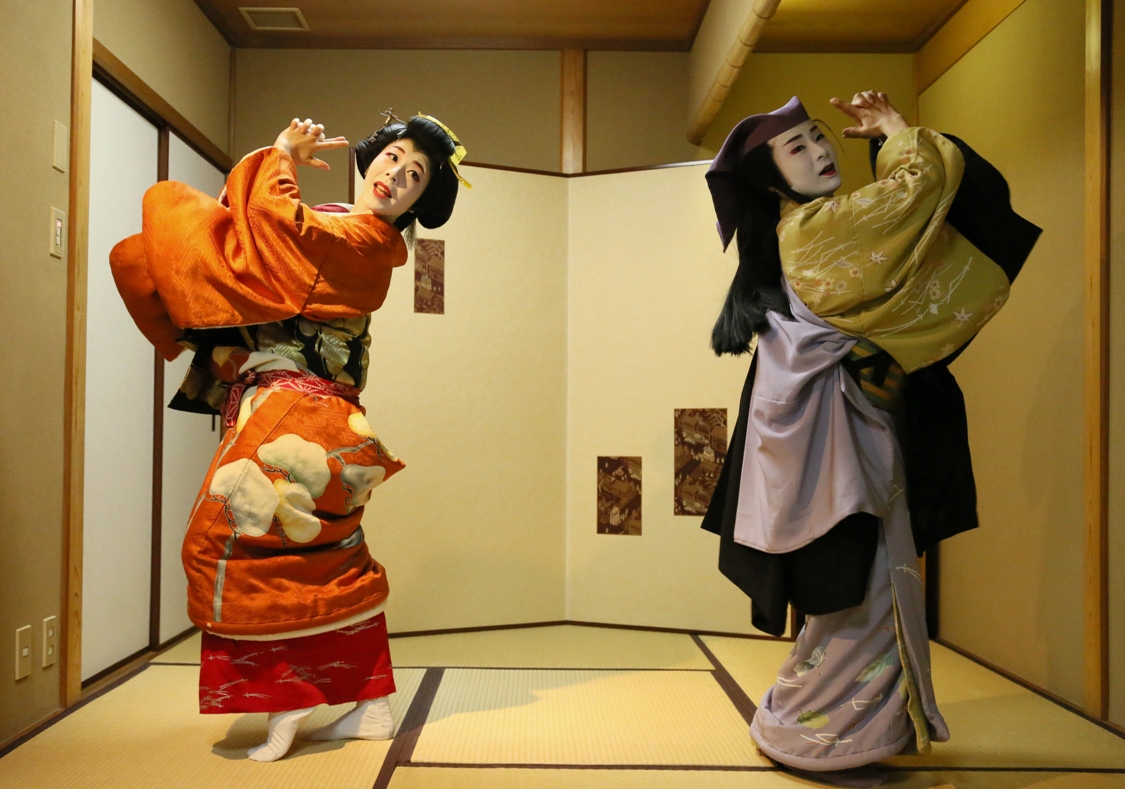


At the Gion District in Kyoto, geisha performers and apprentice geisha called maiko behave in an elegant manner and move in a rather languid...